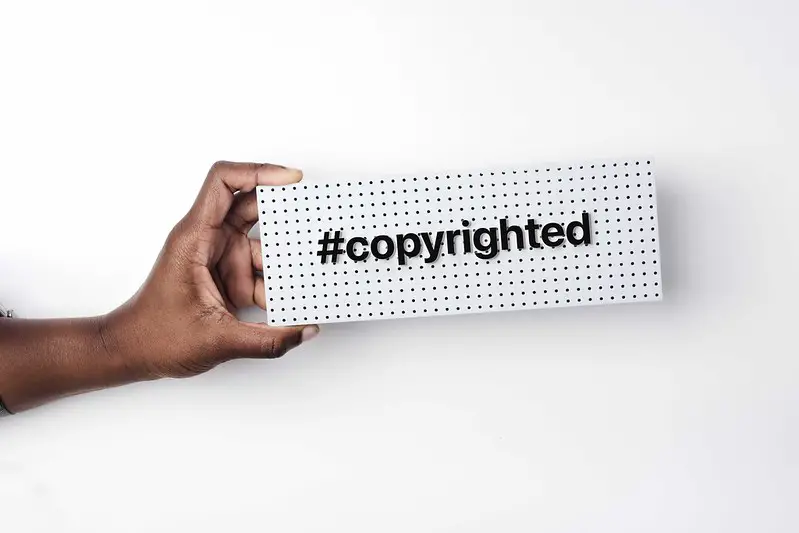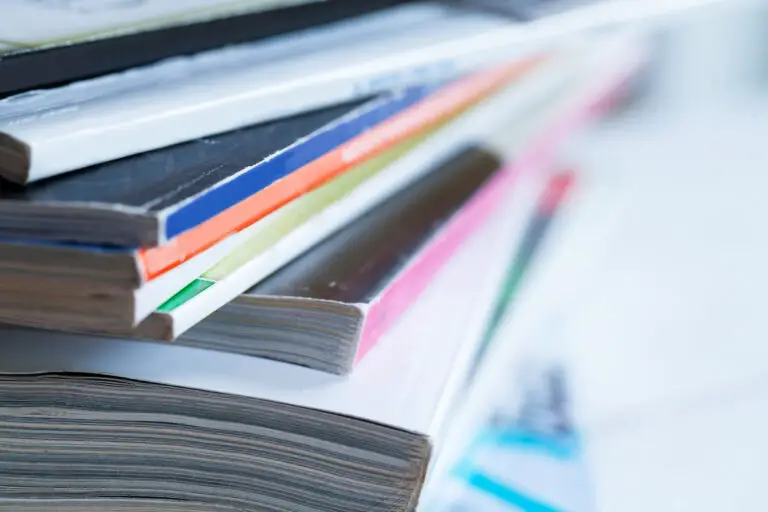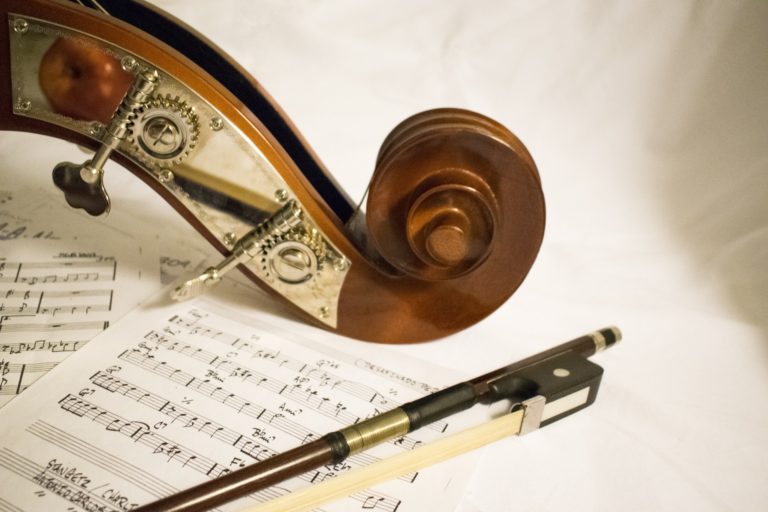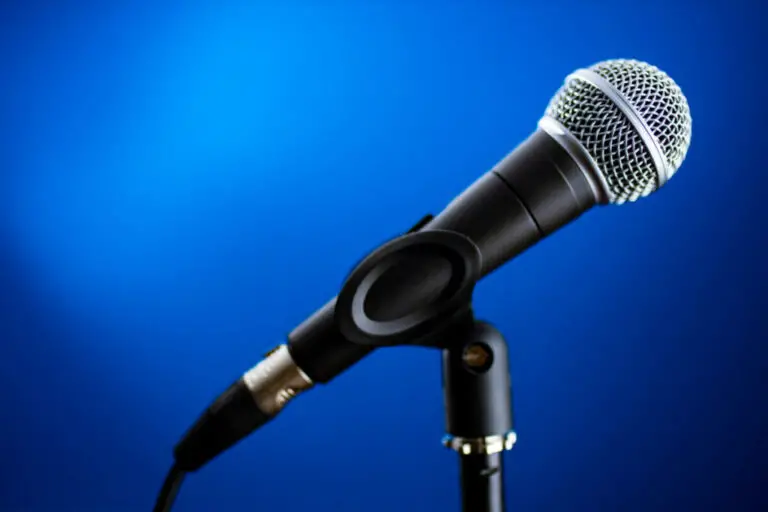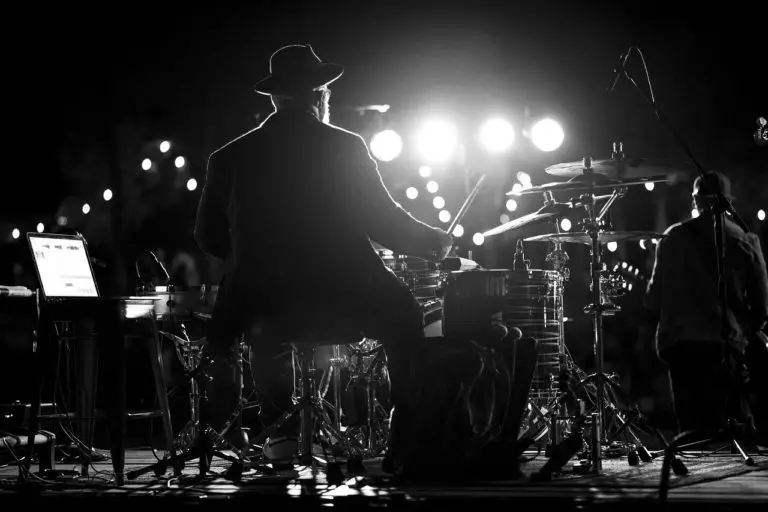Protecting your sound: How to copyright a song
Knowing how to copyright a song is essential for anyone penning or creating any original work. It’s what gives you the foundations to create and protect your own identity.
Learning how to copyright a song is easy, as you can do electronically or on paper through the US Copyright Office with your work being fully protected from unauthorised use once the registration process has finished.
No matter if it’s lyrics, music or an entire recording, having basic copyright protection is a must in an age where anyone can access material in a matter of seconds.
Any act—big or small—can go through the process even if it is one person or a full band with little difficulty. So what should you do if you want to learn how to copyright a song?
What exactly is copyright?
The basic premise behind copyright laws allows artists to claim original work as their own and have the legal rights to anything associated with it.
What this means is that copyright laws protect anything and everything about a song. This includes:
- The lyrics
- The physical composition (sheet music, tabs etc.)
- All original recordings
- Commercial use of all entities by any other individual, body or organization
The United States Copyright Office handles the process and governs it under the Copyright Act 1976..
The grant of an application gives the applicants full rights to control the use of the song.. This lasts from the date the US accepts the grant until either:
- 95 years from the original publication date
- 70 years after the last remaining applicant (if more than one) has died.
The end date is often decided by which date comes first. Once this has expired, the song can fall into the public domain and be free to use by any party.
Why do people copyright songs?
The idea behind copyright is to give artists security that others can use their works and that they get subsequent payments for it to be used.
For any musician, there is nothing worse than someone raking in millions from your songs with you remaining penniless.
What this means is that if anyone apart from you wants to use something you created, it means they have to get your permission to do it. Once they use it, you then get royalties and payments from whatever project has your work in it.
For example, if someone samples your music and scores a big hit, they would need to seek your permission to use that clip. Should you have the copyright in your name, you will then get a portion of the sales from that new single as you have the original rights to the song.
These royalties would then continue to generate for however long you have the copyright to that song. It’s the same process regardless of whether your music is used in a film, advert or on the radio.
Examples of copyright in action: Bitter Sweet Symphony
There have been plenty of copyright battles down over the years. However, few cases showcase how copyright laws work better than a case between The Rolling Stones and Britpop band The Verve.
This case stemmed from the iconic violin riff used in The Verve’s iconic 1997 no.1 hit “Bitter Sweet Symphony”. The issue arose as this musical clip was sampled from The Rolling Stones song “One Last Time” which was recorded in 1965.
The Verve were originally permitted by Decca Records – the label that released the original song – to use the clip. However, the rights to the song were passed onto ABKCO – a company formed by ex-Rolling Stones manager Allen Klein. Kelin thought the sample was too long.
Klein pursued a lawsuit against The Verve forcing the band to relinquish rights to their megahit. The result saw Klein claim over $ 5 million in royalties, as well as songwriting credits, switched to Mick Jagger and Keith Richards.
In one final twist, The Verve frontman Richard Ashcroft would regain full rights and songwriting credits in 2019. A full decade after Allen Klein had passed, Ashcroft spoke with Jagger, Richards and Jody Klein (Allen’s son) about the rights to the song with The Verve being permitted to gain full rights to their works and all future royalties.
How to copyright a song
Despite all the legal jargon and laws sounding rather complex, putting in a copyright application is a relatively straightforward process.
What the composers or musicians have to do is submit an application to the US Copyright Office, pay the registration fee and wait for everything to be processed.
Of course, there is slightly more to it than what is described. So let’s take a look at everything you need to do when putting in an application.
Before submitting your application
There are several things that you need to be certain of when learning how to copyright a song. These steps include:
- Deciding on whether the music or a recording is being copyrighted
- Who is involved in the application
- The type of application you are putting in
All these different aspects have a significant impact on your application will look like and who would have legal tender in a copyright claim.
Physical music vs. recordings
Perhaps the biggest aspect of a copyright application is what you are looking to cover within the application. This is split into two areas – the physical music or the recording.
It’s important that you know just how each of these aspects differs when making an application for your music.
If you are copyrighting the physical music – it means that you will only have rights to the actual physical being of a song. In other words, the music and the lyrics. Nothing else. So if an act copies your score, then you can challenge it under copyright law. However, other parties can use any recording of your song freely if you do not have those rights.
Should you look to copyright a recording, it means that the recording copyright law will cover it no matter who uses it. This can be in another song or any media platform.
It’s here where you do find a difference in who owns the copyright to songs. After all, it’s common for songwriters to be featured in the physical works but excluded from the recordings.
Likewise, a musician might be credited for playing on an album and granted rights for a recording even though they don’t have access to the physical music itself.
You can claim copyright access to both as well should you want full control of your work .
Who is included in the application?
Deciding who is going to be included in the copyright application can also be a tricky process. Particularly if one or more people are involved in creating a song.
Sometimes, acts can mutually work out who is going to be involved in the process and a band can evenly split the rights between one another.
However, it is also possible to use a split sheet if you want to give a more concrete definition of who has done what. A split sheet defines all the roles in a composition and who performed what section. Once these are signed, they act as a binding contract which splits the rights in agreed shares to who owns a part of a track.
The important thing to remember though is that if you are not part of an application, then you will likely have no claim to copyright on a song.
It has happened with several major acts. For example, Sting owning all the rights to music produced by The Police whilst just Don Henley, Don Felder and Glenn Frey having sole control of any material produced by The Eagles.
Putting your application together
When it comes to submitting your copyright application, you will find several options of which you can choose from.
The US Copyright Office provides three different ways to apply for your work:
- Standard/Single Application
- Group Registration of Unpublished Works
- Group Registration of Works on an Album of Music
The biggest variation between the three platforms is just how many songs can be covered by your application. As the name suggests, a standard application will only cover one song or piece of music. This can be done via a paper or electronic platform.
Rules surrounding Group Registrations
Unlike the standard application, there’s a bit more when it comes to the group recordings.
A Group Registration of Unpublished Works (GRUW) gives you the ability to copyright up to 10 songs at once provided they have yet to be published.
If you have a larger collection to register, then you can consider applying under the Group Registration of Works on an Album of Music (GRAM).
A GRAM application covers up to 20 songs under one application. Not only does it cover both unpublished and published works, it also covers anything associated with the album such as cover and liner art, photographs and prints for the album.
Regardless of which group registration you pick, it must feature the same authors/claimants on all songs and it can only be submitted electronically. If any song is missing these, then it can be knocked back by the USCO.
What to include on your application
Regardless of which type of application you pick, you will need to provide key information in regards to who is covered in the claim and key details about the song.
The key information that needs to be provided includes:
- Names and addresses of all co-authors of the works
- Names and addresses of all claiming recording copyrights (recording claims only)
- Location of where song is recorded, date of recording (if applicable)
- Copies of sheet music/lyrics/recording files
If you are claiming multiple songs in an application, they all must have titles to be considered in an application. Should multiple songs be untitled, they would still need a word to differentiate from one another (such as colors, etc.)
For artists putting in a copyright claim, they will need to pay a fee to complete the registration process. The fee to register works with the US Copyright Office is $250 but is amended on an annual basis.
What happens after an application is lodged?
Once you have paid a registration fee and submitted the application, it will then be processed by the authorizing body. The processing time is around 6 months from when the date is submitted.
It doesn’t mean that is the date that copyright commences though. Instead, the copyright claims are stretched back to when the work was first published. This means that it can pre-date when the application was submitted if it was related to an already published recording.
For any unpublished works, the copyright claims often stem from the initial date of the submission – not when the application was granted.
FAQ
Do I need to submit multiple applications if co-authors vary?
Yes – you will need to submit different applications if your co-claimants vary in a group application. Anyone involved in the GRUW or GRAM application must be the same – no matter if it is 2,10 or 20 songs. Should you know that the claims are going to be split on multiple works, then you should submit multiple applications for them to be successfully registered.
Do copyright applications work overseas?
Yes – once you are granted a copyright claim by the US Copyright Office, it is legally standing worldwide. These works are protected by the 1886 Berne Convention which is a binding country in 181 nations worldwide. Furthermore, the rights to works are protected by the UN Paris Act 1971 which ensures all United Nations member states agree to honour the right of authors to legally own their work and fair use in public settings.
Can copyright ownership be passed on?
Yes – works can be legally transferred between parties should it be agreed by all those included in a claim. Even if you successfully know how to copyright a song, the rights can be passed up at any time. Some of the biggest performers in the world have sold their rights for hundreds of millions to companies effectively passing on all rights to their works.
What happens to my claims if I die?
Should the owner of a copyright claim die, then the claim can be split in several different ways. If there is just one claimant to copyright, the rights are legally passed on by whoever has power of attorney and granted to those named in the will. If there are co-claimants, then the rights remain with those still living and those named in the estate of the deceased. Should no one claim the rights, then the songs/recordings will fall into the public domain.
Conclusion
Learning how to copyright a song requires patience but ultimately gives you security in protecting your efforts. With copyright claims protecting both the physical music as well as recordings, it’s easy to cover anything and everything you produce. When preparing your application, it’s vital to know what you are protecting and who is included in the claim.
Remember to also be clear on whether you are filing for just one song or multiple works. If you are citing multiple works, make sure that everything is identical so that songs aren’t rejected in the claim. Once everything is put together, your work will be protected across the world and for the rest of your lifespan. That’s why knowing how to copyright a song is invaluable for anyone creating original pieces of music.

